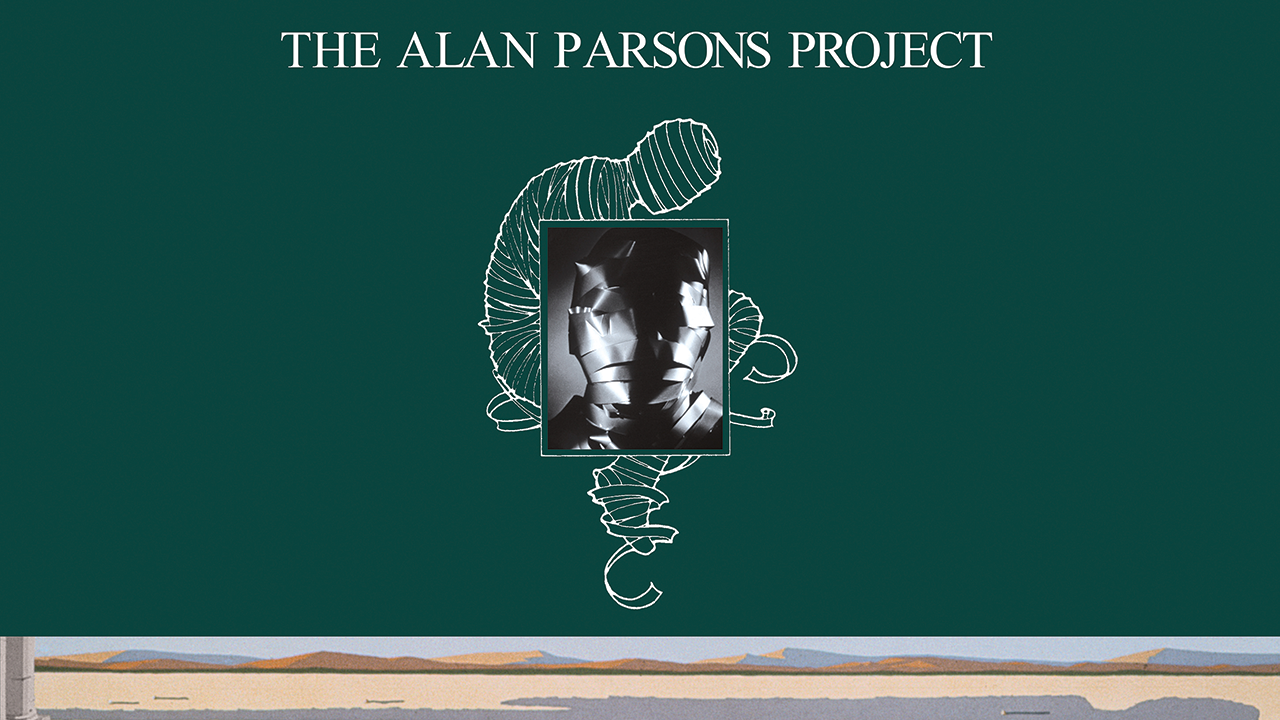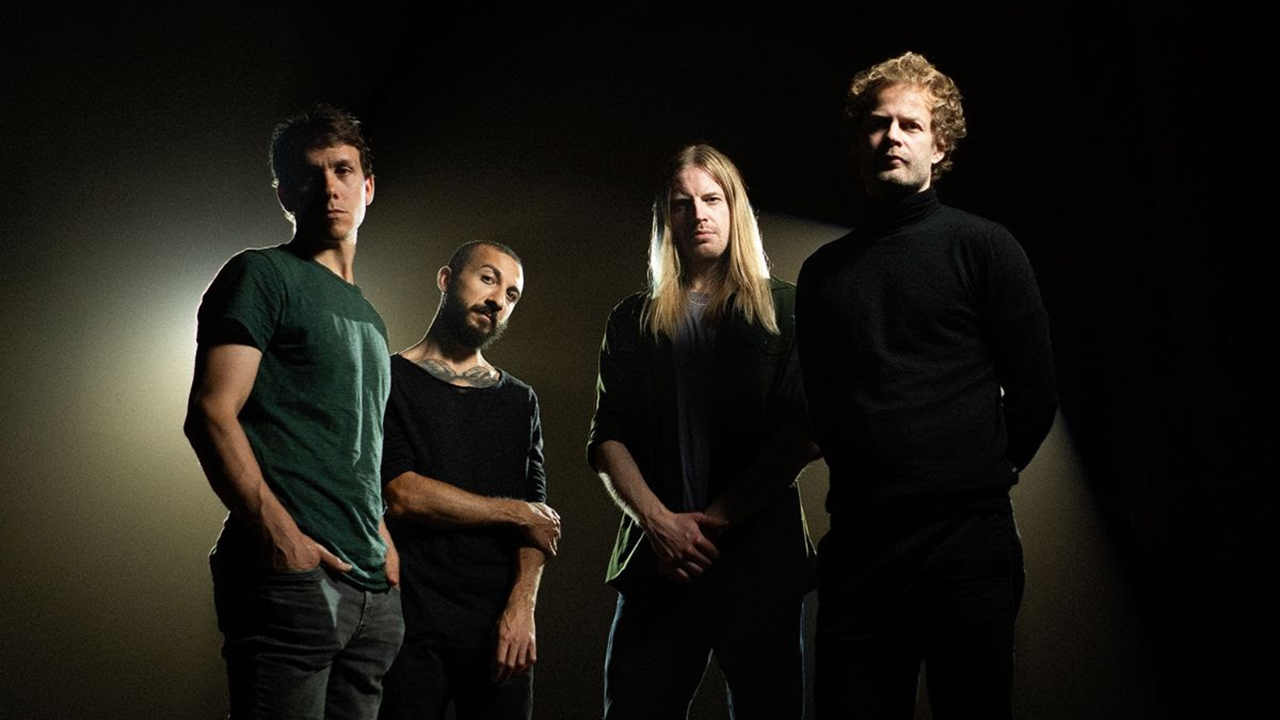You can trust Louder
If it’s possible for an album to be very much of its time, and also ahead of its time, then The Alan Parsons Project’s first album surely embodies that paradox.
It certainly didn’t emerge in a vacuum. The Who were rock opera veterans, while the idea of basing a concept album on a science fiction novel was nothing new – Rick Wakeman’s Journey To The Centre Of The Earth was already two years old by the release of this APP debut, even if TOMAI is a much tighter, more accessibly rock-focused affair. The echoes of Tubular Bells and Dark Side Of The Moon (the latter of which, of course, Parsons worked on) are clear in the keyboard motifs and sun-dappled guitar licks of opening track A Dream Within A Dream, and Arthur Brown’s dramatic entrance in The Tell-Tale Heart, screaming and gargling blue murder, has definite whiffs of Ian Gillan’s lead performance in the original 1970 production of Jesus Christ Superstar (which is kinda apposite judging by the influence Brown had on Gillan’s style).
- Alan Parsons: MP3s need to go away fast
- The Prog Interview: Alan Parsons on Abbey Road, The Beatles and more!
- Bruce Soord: "I heard The Alan Parsons Project and my life changed"
- Moody Blues, Alan Parsons, Dave Mason to play cruise festival
Meanwhile, other influences have an even less debatable provenance. The classical prelude section of The Fall Of The House Of Usher was an uncredited appropriation from Debussy’s unfinished opera La Chute De La Maison Usher.
Yet talent borrows and genius steals, and this album drew together those elements to make something new, fresh and vital. Meanwhile, the EMI vocoder on The Raven seemed pretty futuristic then and sounds surreally modern now, not least because a similar sound has been plastered over the last decade’s worth of pop hits, via the use/abuse of Auto-Tune.
And it wasn’t just a gimmick. Listening to the original demo of The Raven included in this package – a gently lilting folk blues number – it’s striking how effectively they used the electronic voice to turn it into an other-worldly slice of macabre dreampop after slowing it down from the demo.
That’s one of a sprinkling of welcome contributions in this 45-track package, although for those of you that bought the 1987 remixed reissue and the 2007 Deluxe version with extra tracks, surprises might be thin on the ground.
Orson Welles’ voiceovers on the ’87 remix of A Dream… and The Fall Of The House Of Usher add a welcome portentous grandeur and melodramatic chill to proceedings, and the fatter, warmer production generally enhances the sound.
Sign up below to get the latest from Prog, plus exclusive special offers, direct to your inbox!
But it’s the final 15 tracks of this box set that will most attract aficionados, along with the vinyl, Blu-ray and souvenirs such as a book and poster. The 20-minute interview from 1987 is probably the most interesting historical document of all. “We almost coined the term ‘hi-tech music’ 10 years ago,” says Parsons. A bold claim, but he may just have a point.
Johnny is a regular contributor to Prog and Classic Rock magazines, both online and in print. Johnny is a highly experienced and versatile music writer whose tastes range from prog and hard rock to R’n’B, funk, folk and blues. He has written about music professionally for 30 years, surviving the Britpop wars at the NME in the 90s (under the hard-to-shake teenage nickname Johnny Cigarettes) before branching out to newspapers such as The Guardian and The Independent and magazines such as Uncut, Record Collector and, of course, Prog and Classic Rock.


